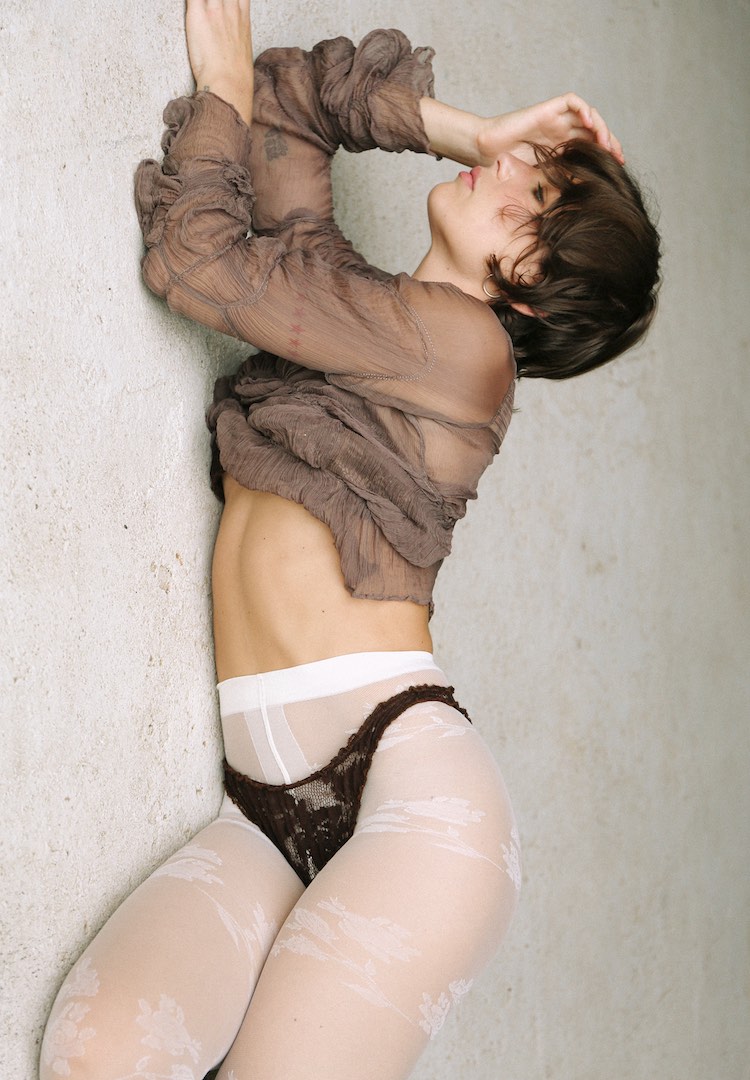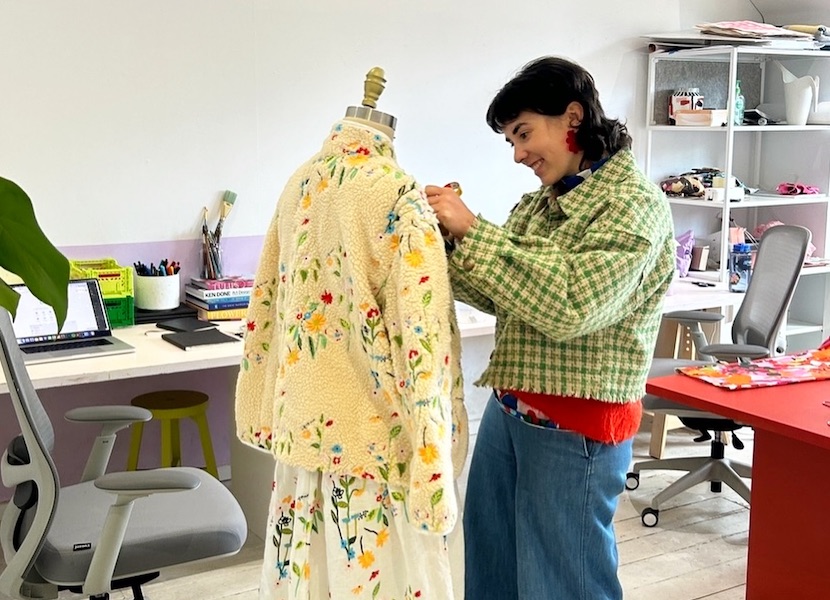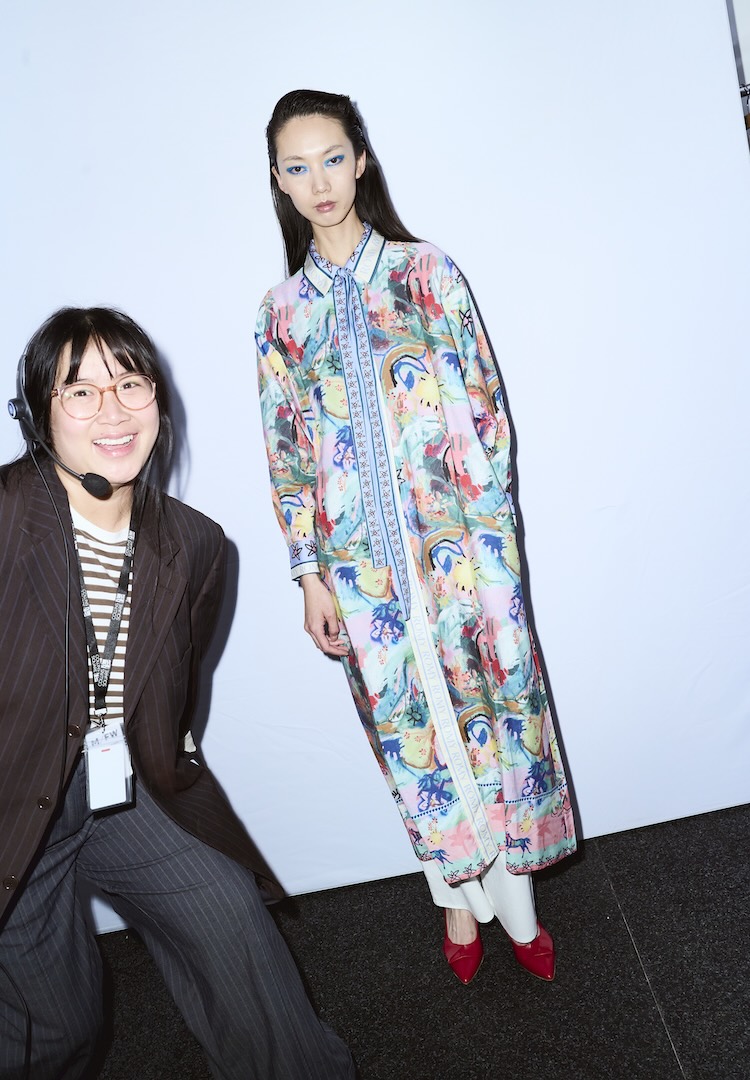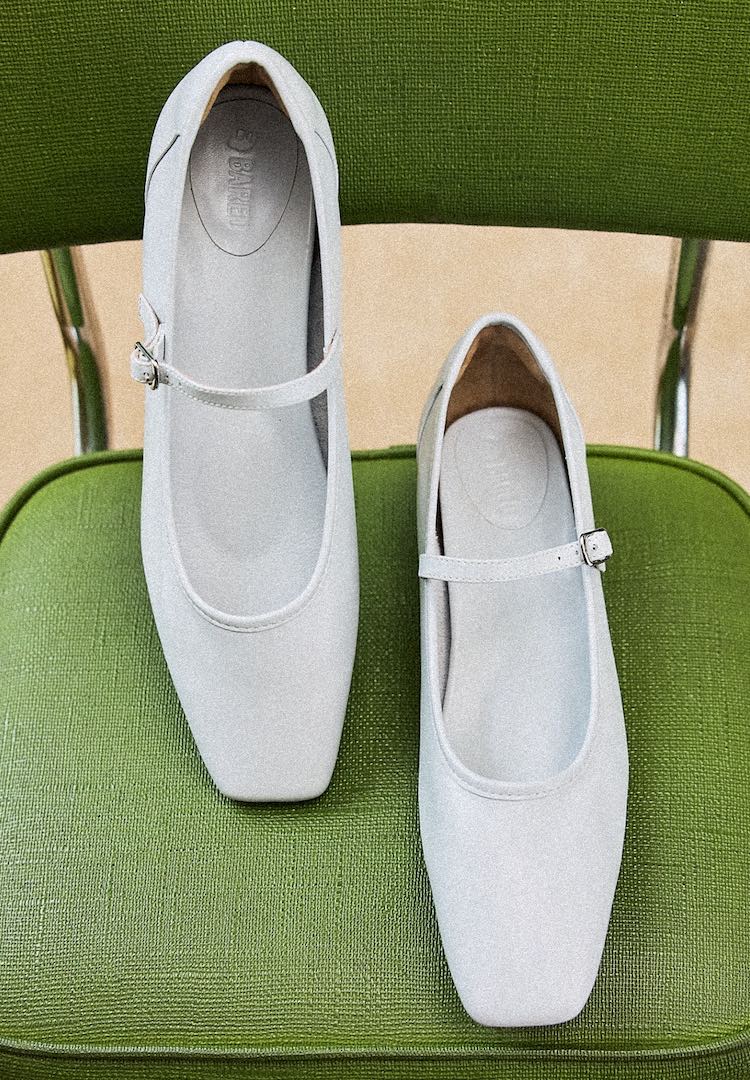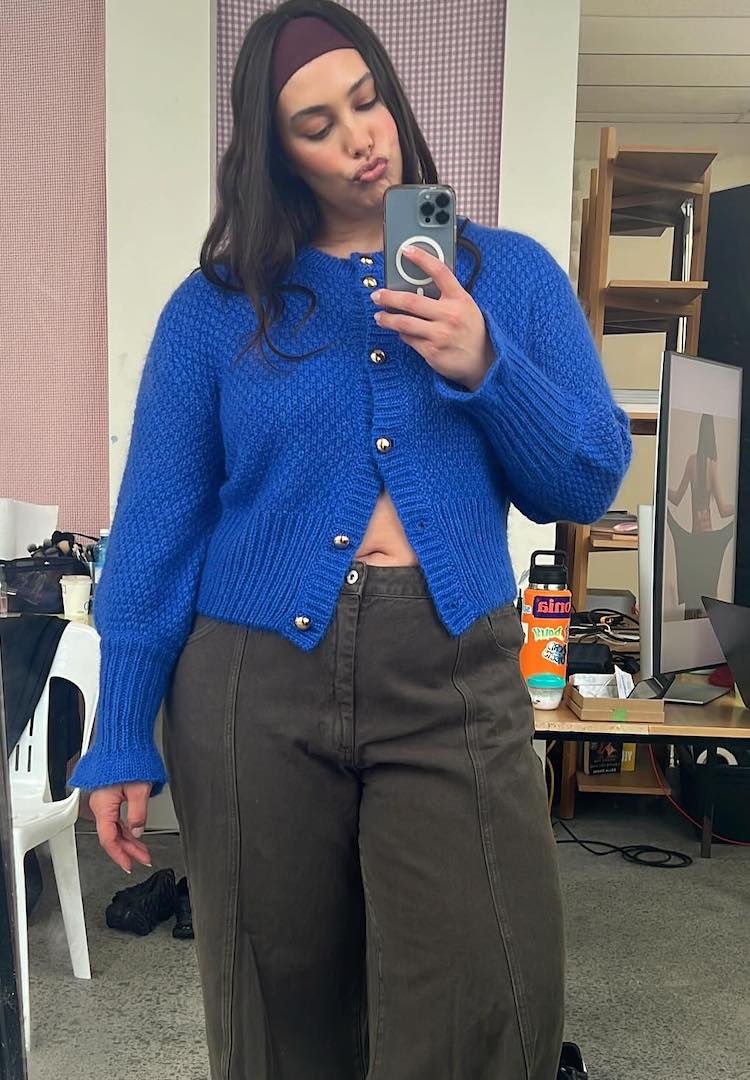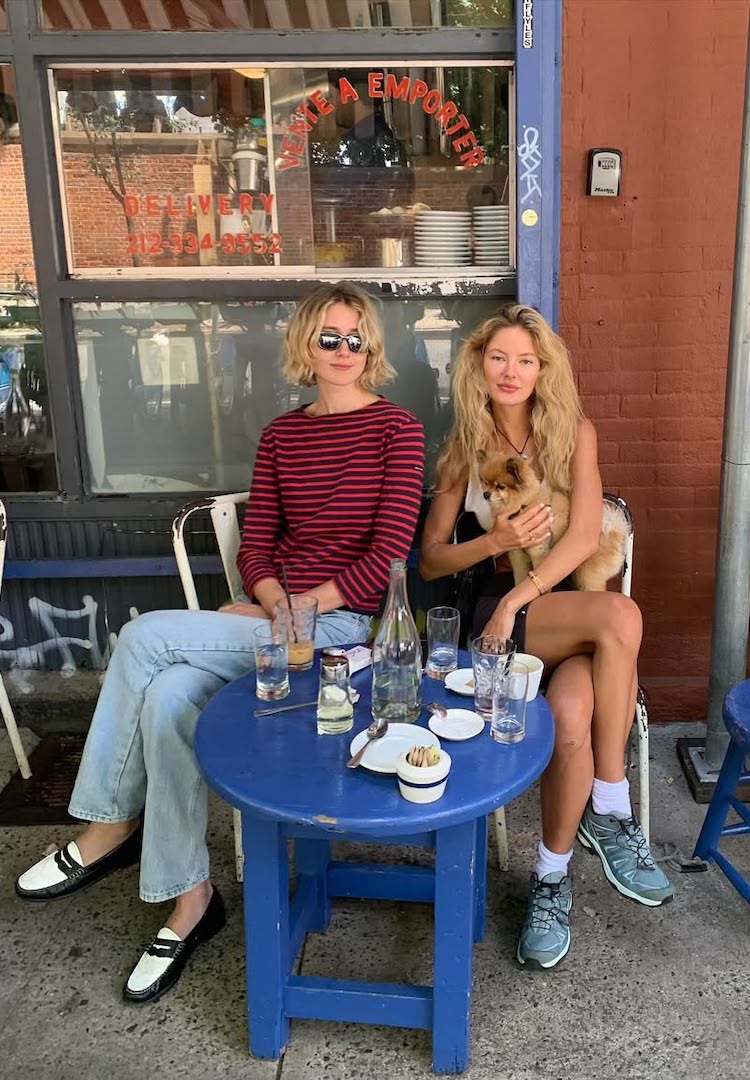Explainer: What Trump’s tariffs mean for independent Australian fashion labels
IMAGE VIA @VARIETYHOUR_/INSTAGRAM
Words by Fashion Journal
“I don’t want to be constantly at the whim of Donald Trump’s mood.”
Not long after United States president Donald Trump upped the ante in his trade war with China, Sophia Argyropoulos, founder and designer of Melbourne-based, size-inclusive swimwear label Raq Apparel, announced the sudden closure of her US website.
The tariffs on products made in China came in stages. At first, Sophia felt the business could absorb the cost, but she soon realised the United States would no longer be a viable market.
Speaking directly to her customers on Instagram last week, she explained that cutting off the US market (hopefully just for a short term) was a tough decision emotionally, but financially a no brainer. And while it’s a pretty drastic move, she says people have been overwhelmingly supportive of her decision.
These tariffs keep changing, and there’s a heap of uncertainty over how they apply to different Australian businesses. At this stage, it’s too early to tell how these tariffs will impact US consumer demand (other than just negatively). Australian Fashion Council chief executive Jaana Quaintance-James says the tariffs are an “evolving beast” that would vary for each company, depending on their supply chain.
What do the current tariff settings mean for Australian brands?
Under current tariff settings (or at least as they were on April 16), for labels that manufacture in Australia, or practically anywhere but China, general import tariffs to the United States will be around 10 per cent. But products made in China will be hit with 145 per cent tariffs on the declared value of manufacturing and shipping, not the retail price.
Those rates apply to orders of more than $800 USD (about $1,260 AUD), so larger online orders, shipments to distributors and stockists will be hit with an eye-watering fee.
If a top, which usually retails for $100, costs $50 to make and send to the US, the tariff on that top would be $50, meaning the garment costs $122.5 before any retail markup.
To make matters more confusing, this isn’t the only tariff rate going. During the era of free trade that President Trump is busy trashing, imports to the United States (and many other countries, including Australia) under a certain value were deemed to be ‘de minimis’ (basically too small to worry about) and could be brought into the country without any fees.
But on May 2, de minimis will no longer apply to Chinese-made imports under $800 USD, replaced (after a series of increases) by a tariff of 120 per cent or $200 USD an item.
Trump framed this change as fighting a war on drugs, saying the lower level of inspection on de minimis packages facilitated the import of fentanyl into the United States. This change will hit Chinese e-Commerce giants Shein, Temu and AliExpress hard, but will also capture Australian labels selling direct to consumers in the US, if their product is made in China.
The general understanding (although there is contradicting advice out there) is that this change is about the country of manufacture, meaning it applies to goods made in China and Hong Kong, regardless of where the parcel is sent from.
Australian Fashion Council’s Jaana says keeping on top of this is a challenge for small Australian fashion businesses that don’t have the big administration or compliance and logistics teams of major brands. Regardless of comprehension or how the rules are put in place, she says it will have a significant impact on customer demand.
The US customer
While Raq Apparel decided to pull out of Trump’s fiefdom, Melbourne label Variety Hour is taking a more wait-and-see approach to the tariffs. The brand, recognisable by its bright floral prints, coordinated a big push into the US this year, with the market now making up about a third of its online sales.
It’s unfortunate timing, says Variety Hour founder Cassie Byrnes, who has also increased production in China for her upcoming season. In most years, the label’s production would be split 50-50 between China and Australia, but the current season is more reliant on Chinese production, making up 70 per cent of the range.
Where a Variety Hour garment gets made comes down to the silhouette: a more simple garment requiring less fabric will be made locally, but China handles the more expensive and complicated pieces. “With winter in Australia, America is important. Sales into the US are quite strong this time of year because it’s going into their summer. It’s the biggest selling season over there and we benefit from that.”
She says the business needed US and other international sales to survive, but ultimately plans to take a slower, more moderate approach.
“There’s nothing I can do straight away. I can’t have any knee-jerk reactions, I have to just monitor the situation,” she says. “It just sucks that a US president has such a huge effect on my business. This is the biggest thing that will happen to my business financially this year, and it’s from an entirely different country.”
Variety Hour can ship issue-free to the US until May 2, and Cassie plans to let a few parcels go through to understand what the final taxes and costs end up being, then put prices up accordingly. “If you go on our US site, it’ll have inflated prices that help us offset that tariff cost.” If that doesn’t work so well, Variety Hour will stop pricing in tariffs, meaning it will be charged to US customers.
While she doesn’t want to do anything brash, Cassie acknowledges the label’s summery aesthetic means it needs that Northern Hemisphere summer to survive – potentially through Canada, the United Kingdom and Singapore.
Jaana says the challenge for Australian businesses is that nobody knows how long this period of trade is going to last, or how it might change. “I’d definitely advise against making any rushed decisions, but there’s a real opportunity for brands to consider pricing strategies and import and tariff strategies around managing these costs,” she says.
“I think part of the challenge is because we’ve all grown up in a free market world, we haven’t actually had a lot of experience, from a business perspective, in managing and responding to different tariff strategies. But there are all sorts of different opportunities out there.”
New markets
While Raq Apparel’s online store can be turned back on with the press of a button, Sophia won’t be rushing back. “As a business owner, I’ve got enough on my plate. I don’t want to be constantly at the whim of Donald Trump’s mood. I feel good about deactivating it and I’m going to focus my attention on trying to grow markets elsewhere,” she says. “I’ve had my eye on the UK for a long time, this is just really giving me a fire under my belly to just say we’ll go for it.”
Sophia is in the early days of figuring out how to break into a new market, and says it’s been challenging – she put out a call to action for “UK busty babes” last week. It’ll take time and cost money, but even if President Trump changes his mind (something he is prone to doing), Sophia says she’ll have a new market.
Jaana thinks the opportunity for diversification is very real, particularly in Asian markets, which have a respect for Australian products, and the European market, which has lower tariffs and a more stable government than the United States.
Shifting production
So why not bring production to Australia, as one commenter on Instagram said Raq Apparel should’ve been doing all along?
Sophia says she would be open to the idea, but it just isn’t possible. “Making technical products in 66 different sizes isn’t something the Australian manufacturing industry can do right now.” Even if the Australian garment manufacturing sector saw huge growth, it probably wouldn’t get Sophia (or any other designer) out of the current situation.
It could easily take a year, and partners in China aren’t likely to just give up all of their manufacturing knowledge to a domestic producer. “I’d be pretty much starting from scratch, and I’ve had so many issues in the past with factories saying they can do a product, but it’s very clear that they can’t, once it comes to it, and it’s not to my standard.
“It’s smart as a business person to diversify and have multiple suppliers, but as a small business with everything I’m dealing with, the last thing I want to do right now is to change something that’s working really well,” Sophia tells me.
Cassie says Variety Hour’s production could shift to other countries if the trade war continues for the long term, but like Sophia, she has strong relationships and faith in her current manufacturers.
The Australian Fashion Council is a major advocate for rebuilding the local manufacturing industry, and Jaana says this overhaul in global trade is an opportunity to consider how that might happen. “I think the tariffs actually make Australian manufacturing much more cost-competitive than it was just a few weeks ago.”



